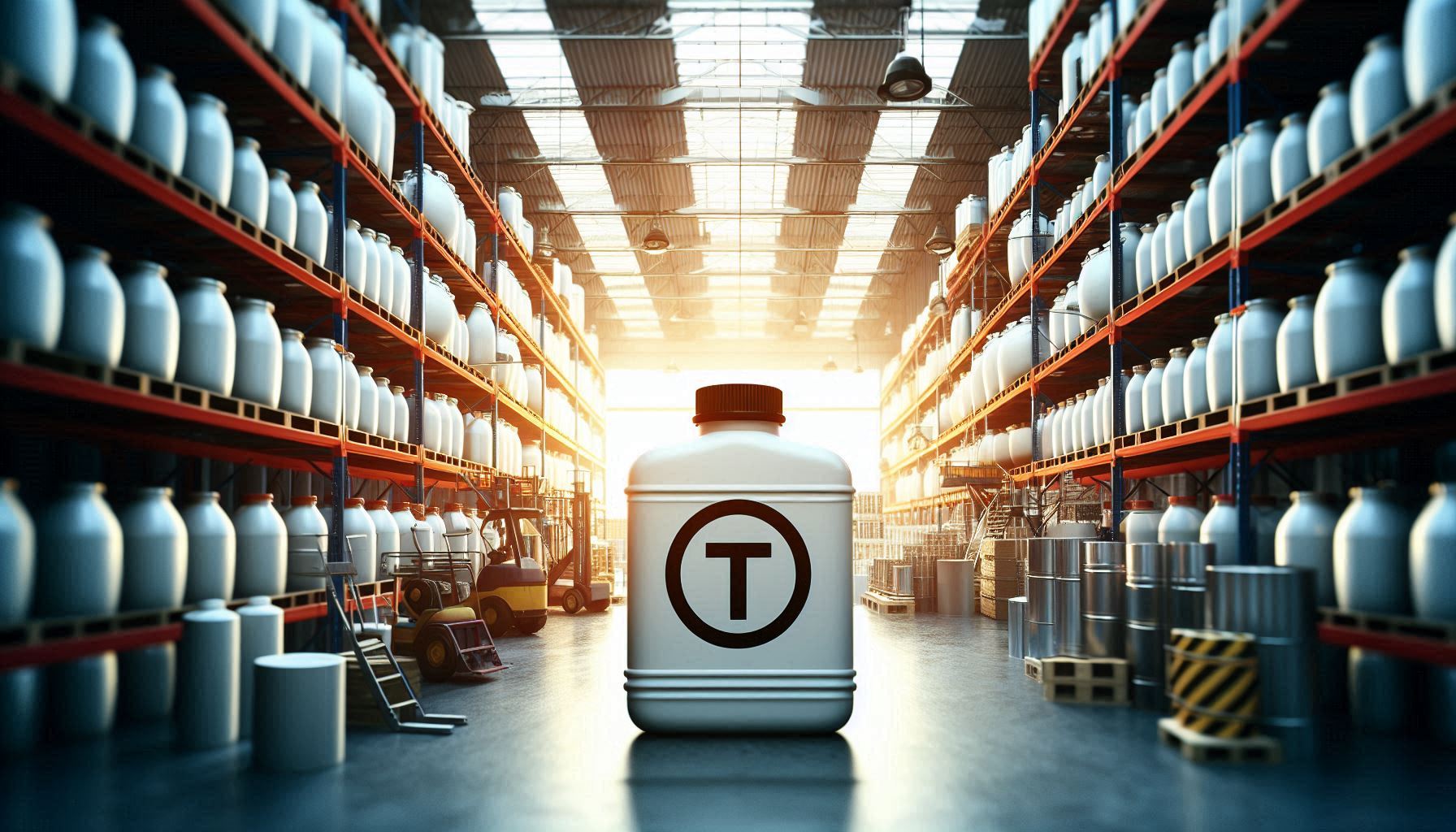Introduction: Why Protecting Your Chemical Products with a Trademark is Crucial
In today’s competitive market, chemical products are at the heart of countless industries, from agriculture to manufacturing. As a chemical product manufacturer or distributor, you know how important it is to safeguard your intellectual property. A trademark can serve as the cornerstone for protecting your brand and ensuring consumers can trust the quality and origin of your products.
In this guide, we’ll walk you through Class 1 trademark registration, focusing specifically on the chemical industry. We’ll explore how to register your trademark, the benefits of doing so, and how to maintain your trademark in the long term.
1. Trademark Classes: What You Need to Know
1.1 Trademark Classes Demystified
A trademark is essential for branding, and understanding trademark classes is the first step toward proper registration. The Nice Classification system divides all goods and services into 45 categories, or classes. This system helps streamline the registration process, making it easier to assign trademarks to specific product groups.
1.2 Focus on Class 1: Chemicals and Industrial Products
Class 1 is specifically designed for chemical products used in various sectors, such as:
- Unprocessed artificial resins
- Industrial adhesives
- Agricultural chemicals, including fertilizers and pesticides
- Chemical substances for food preservation
- Fire extinguishing compositions
If your product falls into any of these categories, Class 1 is the appropriate class for your trademark.
1.3 Importance of Getting It Right
Selecting the right trademark class ensures you’re protected under the law. Incorrect classification can lead to delays or even rejection of your trademark application. Class 1 protects your chemical products in a way that aligns with industry standards, helping you avoid future complications.

2. Step-by-Step Trademark Registration Process
2.1 Start with a Trademark Search
The first step in the trademark registration process is to check if a similar trademark already exists. Conduct a comprehensive trademark search to see if your product’s name or logo is available for registration. This can help you avoid legal disputes down the road.
2.2 Filing Your Trademark Application
Once your search is complete and you’re confident your trademark is unique, it’s time to file your application. You can choose between:
- Online filing: The easiest and most efficient method.
- Paper filing: Less common but still available.
Ensure your application includes a detailed description of your chemical product and the logo or mark you wish to protect.
2.3 Examining and Publishing Your Trademark
After submission, the trademark office will examine your application. If it meets all the criteria, your trademark will be published in the Trademark Journal for a specified period, allowing others to object to your application if they believe it conflicts with their own trademark rights.
3. Key Legal Aspects to Consider in Class 1 Registration
3.1 Eligibility for Trademark Registration
To be eligible for trademark registration, your mark must meet certain legal criteria. These include:
- Distinctiveness: Your trademark should be unique and clearly identify your chemical products.
- Non-descriptive nature: Avoid using generic or descriptive terms related to your product, as this can lead to rejection.
3.2 Importance of Distinctiveness
In trademark law, distinctiveness is critical. A distinctive trademark is memorable and stands out from others in the market. For chemical products, this means avoiding generic terms like “Best Adhesive” or “Super Chemical,” which are unlikely to be registered.
3.3 How to Handle Objections
Occasionally, third parties may oppose your trademark application, either because they believe it’s too similar to their own mark or because they think it’s misleading. In this case, you’ll have the opportunity to respond to the objections and defend your application.
4. Maintaining Your Chemical Product Trademark
4.1 Trademark Renewal Process
Once your trademark is registered, you’ll need to keep it active by renewing it every 10 years. Failing to renew your trademark can lead to its cancellation, which would leave your product vulnerable to infringement.
4.2 How to Monitor Your Trademark’s Use
After registering your trademark, it’s essential to monitor its use. This includes keeping an eye on the marketplace to ensure that no one is infringing upon your rights. Regular monitoring helps you identify potential violations early on and take action to prevent unauthorized use.
4.3 Transferring or Licensing Your Trademark
If your business grows or changes, you may want to transfer or license your trademark. It’s essential to inform the trademark office of any changes in ownership or scope to maintain your rights.
5. Real-Life Examples and Best Practices
5.1 Case Studies: Brands That Got It Right
Many companies have successfully used trademarks to protect their chemical products. For example, leading agricultural chemical brands have registered trademarks to secure their names and logos, preventing competitors from infringing on their intellectual property.
5.2 Lessons Learned from Trademark Disputes
Trademark disputes are common in the chemical industry, especially regarding generic terms or overlapping product categories. By studying past disputes, you can learn how to avoid common mistakes and build a stronger trademark for your chemical products.
5.3 Best Practices for Trademark Protection
Here are some key tips for safeguarding your trademark:
- Choose a unique and memorable name that stands out in the market.
- Monitor your trademark’s use regularly to prevent infringement.
- File your trademark application early to avoid delays and potential conflicts.
Conclusion: Securing Your Chemical Product’s Future with Trademark Protection
Trademark registration in Class 1 is an essential step for businesses in the chemical industry to safeguard their products. From ensuring distinctiveness to managing renewal and enforcement, the trademark registration process offers lasting protection for your brand and intellectual property.
By following the steps outlined in this guide and understanding the legal nuances, you can ensure your chemical products are properly protected, allowing you to focus on growing your business with peace of mind.
Frequently Asked Questions (FAQs)
Can I trademark a chemical name or formula?
No, chemical formulas are typically protected through patents, not trademarks. However, you can trademark a brand name or logo related to your chemical product.
How long does the trademark registration process take?
The process usually takes 12-18 months, depending on factors such as examination delays or potential objections.
What if someone opposes my trademark?
If your trademark is opposed, you’ll be given a chance to respond. If the opposition is not resolved, you may need to engage in legal proceedings.


